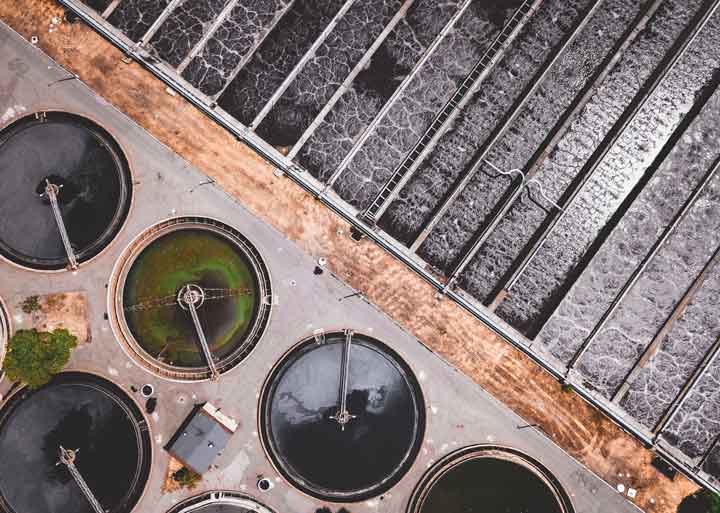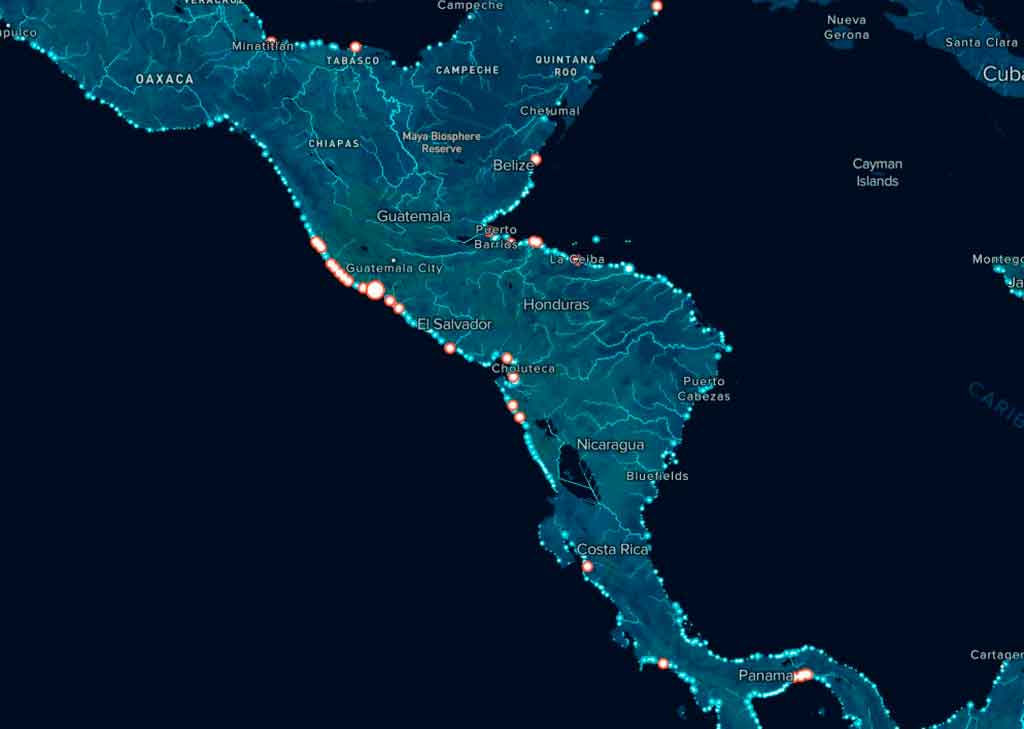11 of the 25 most polluting rivers in Central America are in Guatemala
- The international non-governmental organization The Ocean Cleanup (OCU) carried out a worldwide study to find out the rivers that carry the most plastic into the oceans.
- They found that 1,000 rivers around the planet contribute more than 80% of the plastic that floats in the seas. 25 of them are in Central America, of which 11 are in Guatemala.
Due to its interest in implementing an action plan through The Interceptor, an autonomous boat that collects plastic waste relying on currents and the sea wind, OCU carried out a global study to determine the areas that deserve the most attention. “Our discoveries are still being analyzed by scientists and experts in the field, before being formally published,” says the website of the international NGO.
However, this first approach shows how worrying the situation is in a country like Guatemala, in which there is no law that regulates the use of water and its treatment to prevent this vital resource from being lost. The country has more than 90,000 million cubic meters of water, and only uses 10%. To this is added that, according to the Institute for Research and Projection on Natural Environment and Society (Iarna), at least 90% of the sources used are contaminated.
Lack of water treatment plants

Central America is a region where the lack of water treatment plants is evident. Photo Ivan Bandura/Unsplash
According to OCU, the Suchiate, Naranjo, Ocosito, Samalá, Icán and Coyolate rivers are the ones that introduce the highest percentage of plastic to the Pacific Ocean. But it is the María Linda (south of the country), a coastal river of about 70 km in length, and fed by Lake Amatitlán, the one that carries the most plastic waste. This body of water moves 1,258,000 kg of plastics annually. The Samalá, another coastal river, moves 626,000 kg / year and the Naranjo, 552 kg / year, close the top-3 of the most polluting.
Jimmy Morales, current President of Guatemala, said that to reduce this situation, his administration has resorted to a low-cost technology, known as bio-fences. “They are an artisanal system for cleaning the water with which 65% of the floating waste in the country’s rivers has been stopped, avoiding pollution on beaches and the sea,” he said last September during the Climate Action Summit in United Nations, in New York.
During the Meeting of the Parties (COP25) that took place in Madrid, Spain, at the beginning of December 2019, the head of the Ministry of Environment and Natural Resources (Marn), Alfonso Alonzo stated that one of the great achievements of his administration, was the construction of “more than 300 wastewater treatment plants”, something that the minister himself had corrected last November, during Morales’ speech before the UN Assembly.
However, a publication of the Guatemalan digital media outlet, Nómada, showed that of the 252 treatment plants in the country, only about 200 could be in operation. “I am sure that we do not reach 200 (treatment plants) that are working. And with that we are not covering even 5% of the wastewater generated in the country,” said Gerson Ochaeta Constanza, advisor to the Authority for the Lake Petén Itzá Basin.
In Central America, only the Chamalecón River in Honduras approaches the annual emission of plastic from Guatemalan rivers. This body of water emits about 622,000 kg of plastic per year.
